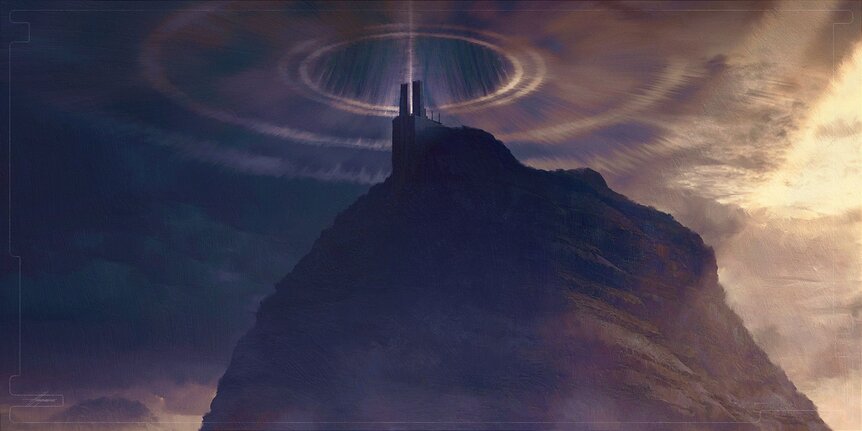Create a free profile to get unlimited access to exclusive videos, sweepstakes, and more!
Awards Contender: The Earthly origins of Avengers: Endgame's planet Vormir

Welcome to Awards Contenders. This month, SYFY WIRE is talking to the actors, directors, designers, and craftspeople whose work was featured in the best movies and TV offerings of 2019, and who are now the leading awards nominees. Today, we're speaking with ADG-nominated production designer Charles Wood of Avengers: Endgame.
One of the most poignant moments in Avengers: Endgame is when Black Widow sacrifices herself so that Hawkeye can retrieve the Soul Stone. If you found yourself momentarily distracted from crying during this scene by the knockout setting in which it takes place — the remote and inhospitable planet Vormir — give thanks or blame to production designer Charles Wood, who drew inspiration for this primeval space from actual earthly environments.
"We spend a lot of time going all over the world, to all sorts of natural environments that we could photograph and bring into the film," Wood says. "When you can photograph the real thing, the result is much more convincing."
Wood tried to make all the planets that the characters visit look as different from one another as possible. This took him more than a year. (Thanos' world, for instance, was inspired by rice terraces in Banaue, Philippines.) For the planet Vormir, Wood looked at the Aatcama Desert in Chile and the Lençóis Maranhenses national park in Brazil, where he was inspired by the "beautiful sand dunes" for Vormir's desert floor.
The Brazilian site had a unique feature, Wood says: "iridescent green pools" that form amid the dunes during the rainy season. (Water can't drain due to the layer of impermeable rock beneath the sand, but it does eventually evaporate.) The filmmakers shot in Brazil for four days at this remote location, visiting several different lagoons and using a ground unit on ATVs and an aerial unit on a helicopter to create plate shots for Vormir.
The mountain and its uppermost plateau were a little trickier, although Wood found the base of an Icelandic mountain and some small caves around Atlanta to solve those challenges. Close up, all the Vormir rock faces, mountainsides, and obelisks were reproduced from real rock with silicon molds, and then dressed with actual lichen and moss. "We have a really great greens department," Wood says, "and they spent weeks and weeks applying those things to the surface of this really massive set."
Just as important as all of this terrestrial dressing was Vormir's stormy atmosphere. "A lot of Vormir was about the sky," Wood says. He imagined that the raging skies and stinging snow were caused in part by the obelisks, which acted as tuning forks, giving off a constant vibration and forcing the clouds to tunnel upward into a snow ceiling. "The sky is actually behaving in an unnatural way," he says. "The clouds are like an inverted waterfall, or an upturned water spout."
That last bit was VFX, of course, courtesy of Digital Domain, based on concept art by Chris Kesler. "The studio really wanted something that felt timeless," Wood says. "The atmosphere is a character in itself."















